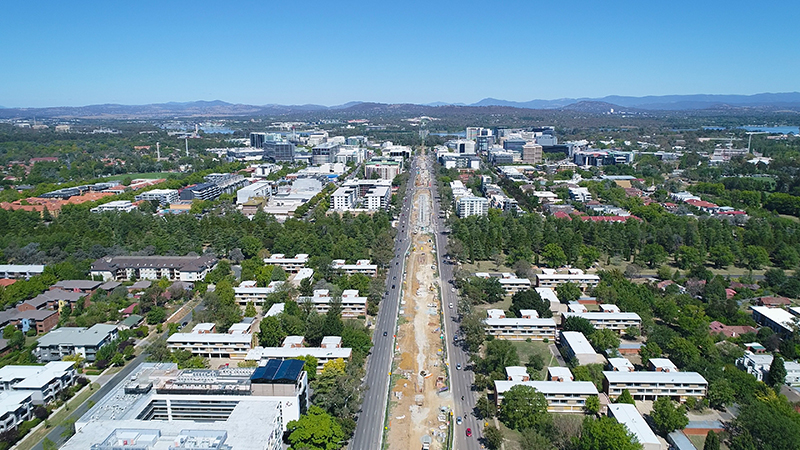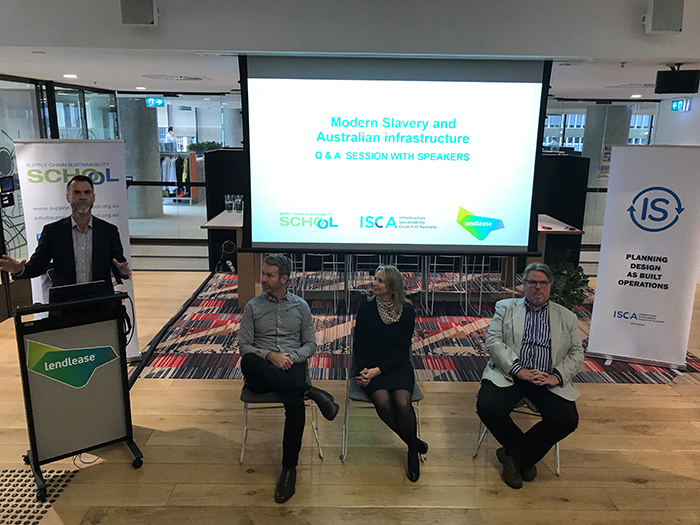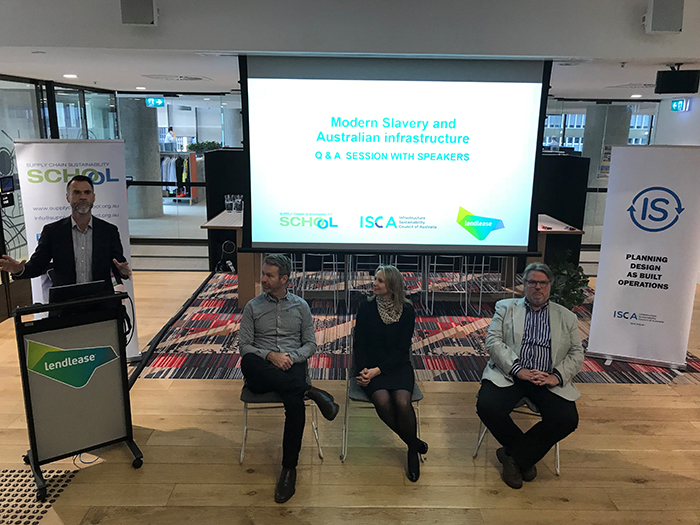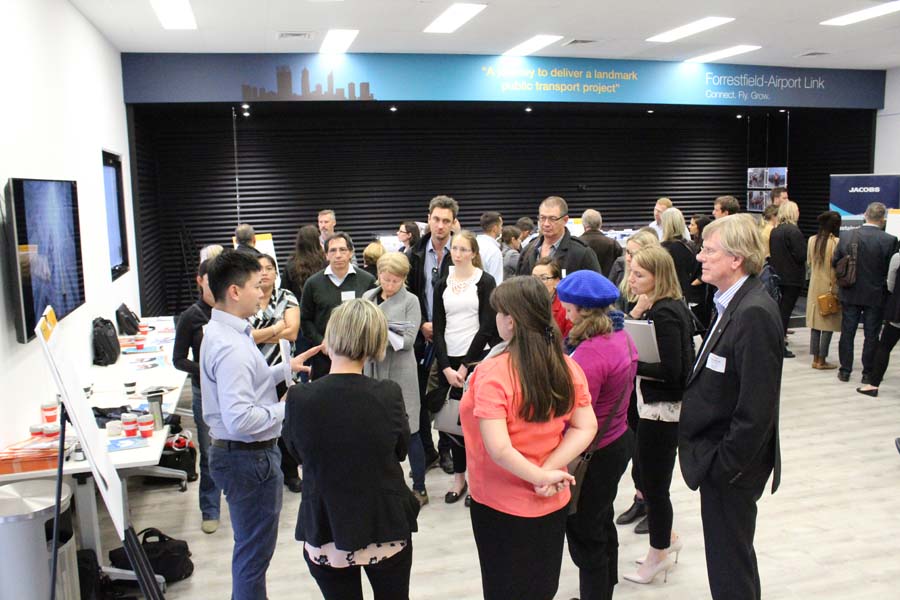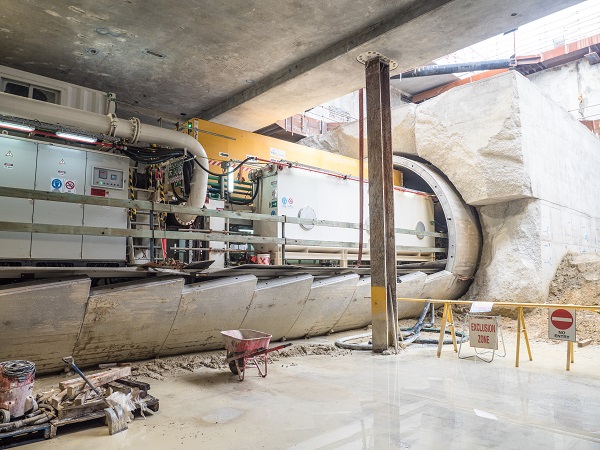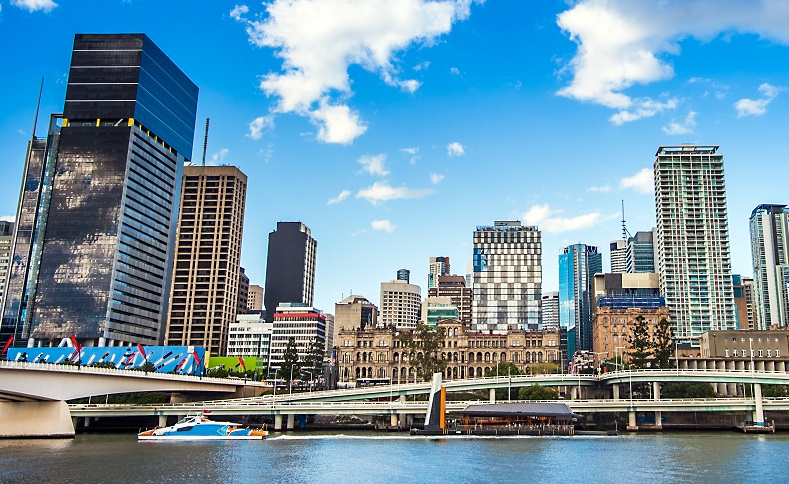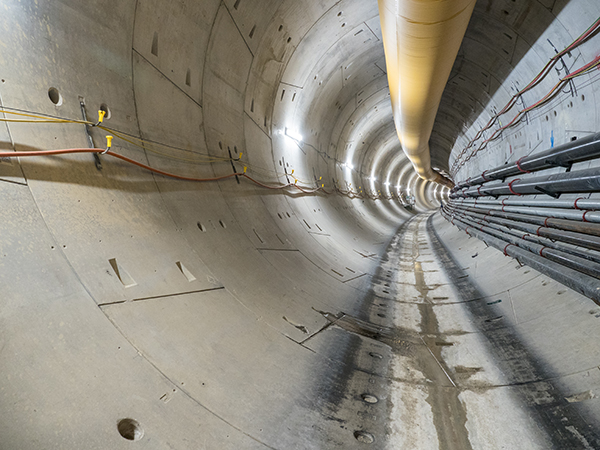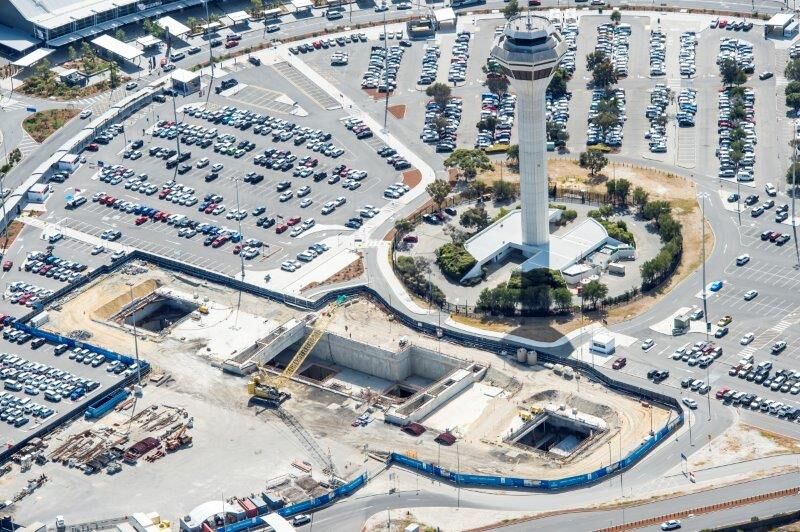ISCA caught up with Forrestfield-Airport Link, gold partners of next week’s WA Conference. To view the event program, click here.
Why did you decide to partner with ISCA for the WA Conference?
We are proud to be a part of the largest infrastructure project being undertaken in Perth, with unique challenges of boring twin tunnels underneath the Swan River and Perth Airport infrastructure, as well as construction within both State and Federal jurisdictions. We aim to showcase the project at the WA Conference and open conversations with industry professionals to stimulate innovation and inspirations into sustainable outcomes for WA infrastructure into the future.
The Public Transport Authority is committed to delivering innovative and sustainable transport solutions in Western Australia. The Salini Impregilo – NRW Joint Venture, wish to showcase the ingredients – technology, knowledge, experience and desire – required to produce a sustainable model asset. Our commitment to working in an environment in which sustainability is indispensable and at the forefront of decision-making has led to the aspiration of co-hosting and organising this important event. GHD have been a part of ISCA from the start and co-hosting the conference is part of the ongoing support in promoting infrastructure sustainability in the state.
Can you explain what the Forrestfield-Airport Link project is and what you will be delivering?
The $1.86 billion Forrestfield-Airport Link is jointly funded by the Australian and Western Australian governments and will deliver a new rail service to the eastern suburbs of Perth – with three new stations at Redcliffe, Airport Central and Forrestfield.
The rail link forms part of the METRONET vision to create liveable communities connected by world class public transport. The line will spur off the existing Midland Line near Bayswater Station and run to Forrestfield through twin-bored tunnels.
In April 2016 the Public Transport Authority awarded the design, construct and maintenance contract to Salini Impregilo – NRW Joint Venture. Design services are provided by GHD, Coffey, Geodata and Ansaldo STS. Construction commenced late 2016, and the project will be complete late 2020.
Once operational, the project will provide an enhanced public transport system that by its nature offers the community more sustainable transport choices.
To find out more about the project, please view the project overview fact sheet.
What are some of the other ways Forrestfield-Airport Link is demonstrating sustainability leadership?
We have integrated sustainability principles in our design, procurement and construction processes. Our goal is to challenge ‘business as usual’ and to stimulate innovation across our organisation and our supply chain. If we can deliver positive economic, environmental and social outcomes on this Project, we have the potential to influence the future of infrastructure sustainability in WA.
What are you particularly proud of and why?
Planning for Forrestfield-Airport Link began in 2008, with discussions around how the suburban rail network could best be connected to Perth’s growing eastern suburbs. Key to the success of the new rail line is the route the railway will take. To determine that route, it was necessary to think about the future of the city and the airport — population growth patterns, projected demand, economic and development plans already in place, and the potential to stimulate activity through well-placed infrastructure.
A detailed assessment process determined the most appropriate station locations, the catchments that will be served, the most efficient way to connect those catchments to the Perth CBD, and the capacity for future extension of the line.
Ultimately, it was decided the most appropriate rail route would be through underground tunnels that would minimise environmental and social impact through the reduction of ground disturbance and work above ground.
How has using the ISCA framework helped to drive more sustainable outcomes for your project?
The project is undertaking an IS rating which provided the overarching framework that has been embedded within the project systems ensuring sustainable practices in every aspect of the job. The team is committed to delivering a sustainably responsible project and has formed the project objectives based on the ISCA framework:
- Support the development of, and contribute to the sharing of sustainability knowledge within and outside the project.
- Identify and implement methods to minimise water consumption and the need for potable water where possible.
- Identify and implement methods to minimise energy use and the production of greenhouse gases and vegetation clearing.
- Model and monitor energy, greenhouse gas and vegetation clearing.
- End-to-end sustainability focus – request that potential suppliers provide details of their sustainability policy and implementation during the selection process.
- Sustainable sourcing of materials to include reducing virgin material consumption, preferentially selecting materials which are sourced locally, and preferentially selecting materials which have lower environmental footprints.
- Identify options for recycling waste materials within and outside the project boundaries.
- Where possible, enhance the ecological value of the project footprint.
- Implement opportunities to enhance Aboriginal heritage and cultural values in consultation with the Whadjuk Noongar people.
- Reduce the likelihood of crime through implementing appropriate Crime Prevention Through Environmental Design (CPTED) guidelines during design, construction and operation.
- Develop a comprehensive stakeholder engagement strategy that incorporates community feedback and is independently reviewed and implemented.
- Implement urban and landscape design based on an analysis of the existing local area and context.
- Identify and implement at least three State-first innovations.
What’s the next stage of the Forrestfield-Airport Link project?
The next year of the Forrestfield-Airport Link project will be very busy and exciting, with completion of tunnelling from Airport Central Station to the Bayswater tie-in, which will include tunnelling under airport infrastructure and the Swan River. TBMs Grace and Sandy will have finished tunnelling and emerged at the Bayswater dive structure in mid-2019. Redcliffe Station concrete works will have been finalised and the roof will be in construction. At Airport Central Station the structure will be built and internal fit-out of the station will have commenced. At Forrestfield Station, all concrete works, the roof and internal fit out of the station will be completed, and electrical and mechanical fit-out will have commenced. All works will be progressing towards the new Forrestfield Line opening in 2020.

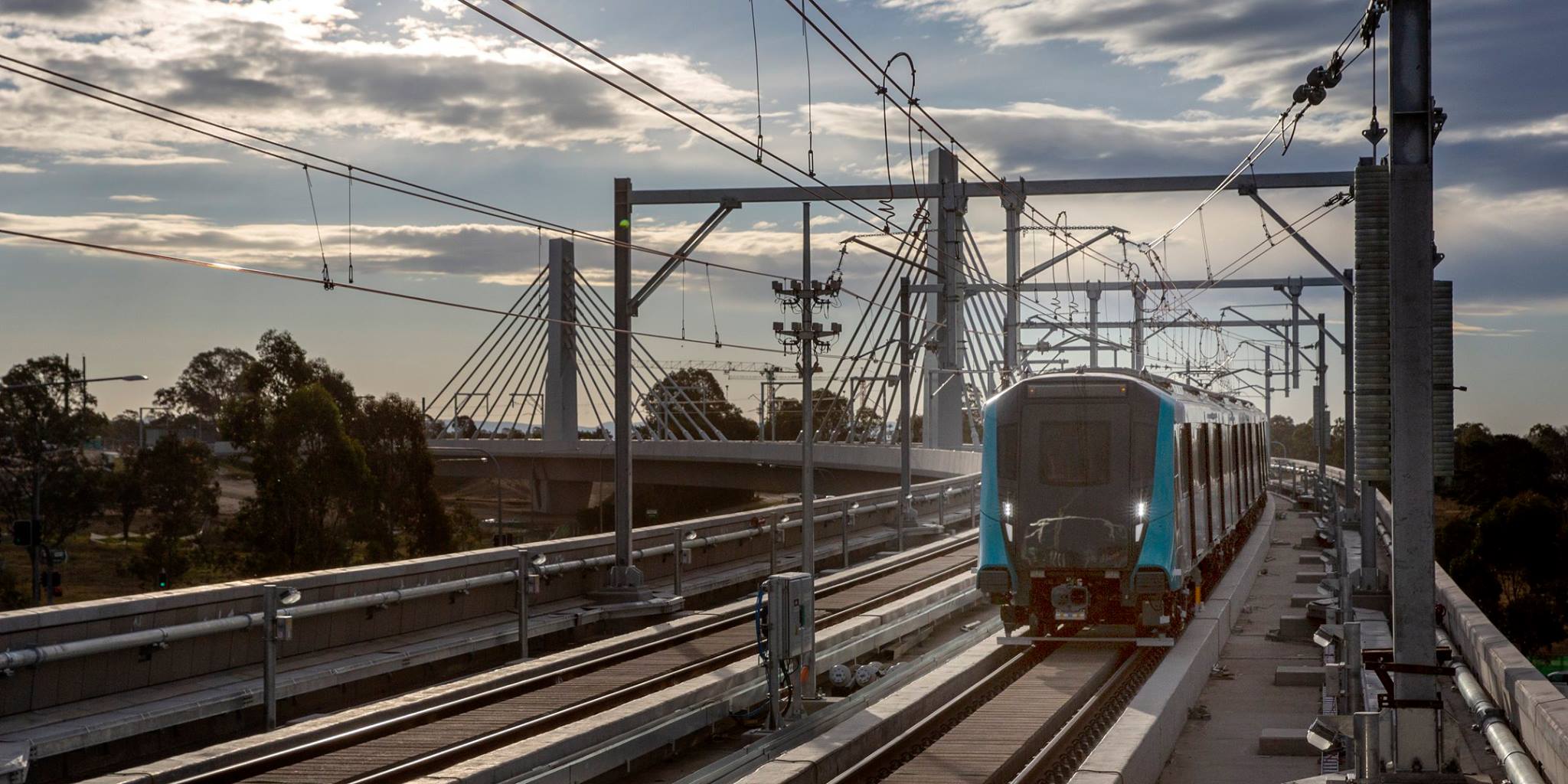
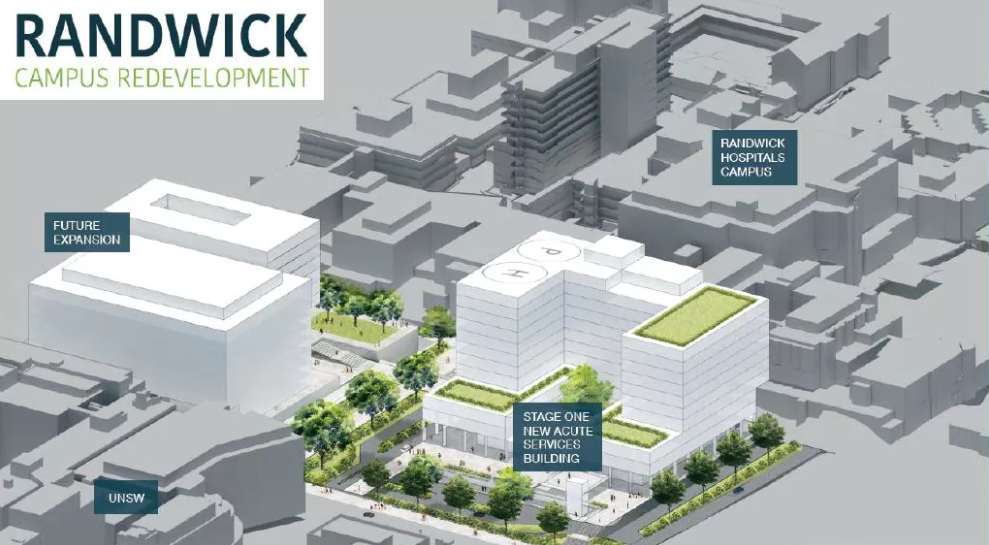
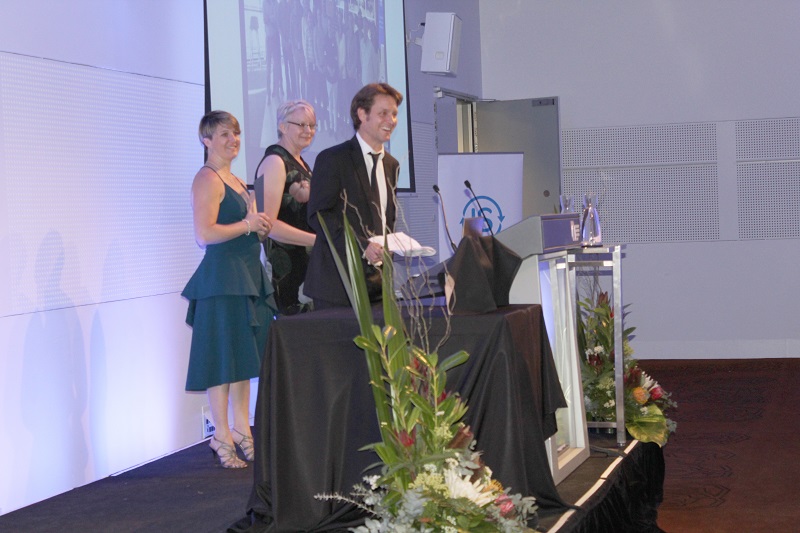
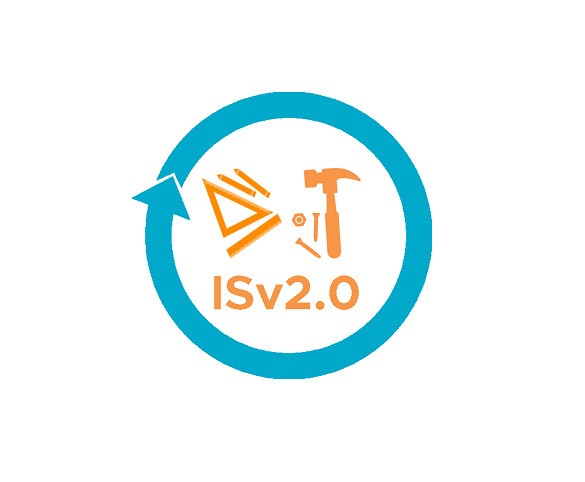
.jpg.aspx)


